
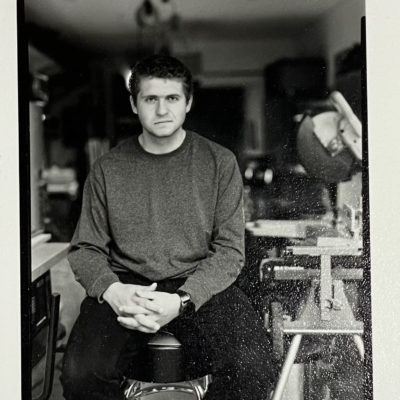
Dear Friends & Colleagues,
Perhaps it is because I always elect to receive the bad news first. Justifying, as I do, that whatever the bad, the good coming over top will, at worst, eat into some of that bad or, better still, eclipse it altogether. Besides, who would ever choose to hear the good news first, knowing it will be shattered partially, or fully, in mere seconds? Whatever the reason, and it dates back as far as I can remember, I am resolutely a bad-news-first kind of guy.
This applies not just to receiving it, but giving it too. If things are going sideways on a particular client matter, let’s pick up the phone and deal with it. If too much fluff creeps into a BD lead, let’s kill it. If we can pay an expense now or later, I choose now. If there’s a hard conversation to have, morning is better than afternoon; Monday better than Friday.
It must be hereditary. And why, amongst countless other reasons, I was so impressed with my 17-year-old son and his recent handling of a delicate situation arising from his fledgling woodworking business, Samuel Pekarsky Woodworks™️. And why I wish the brain trust at City Hall and among the Flames ownership group could channel even a fraction of his adolescent wisdom.
What follows is really a very simple story. Samuel, or Sammy as we call him, has real talent and passion for woodworking. His early works – a doghouse, a backgammon table, a replica of his grand-parents’ chalet – were constructed with more of the latter, than the former. But the talent quickly caught up to the passion. Eventually he outgrew his first shop, an 8×10 shed where he tinkered for hours on end in the cold and dark (well, not entirely; small wonder the space heater / extension cord / electrical grid he MacGyver’d didn’t burn down the entire neighbourhood).
Squirreling away birthday cash, summer job paycheques and proceeds from small projects procured by generous benefactors, he quickly took over my garage, replete with dust collection system, hand-made workbench, belt sander, drum sander, planer, skill saw, band saw, table saw, hand planes, and clamps – so many clamps! — all under the watchful eye of my Grandpa Henry’s old Pachinko machine mounted on a wall, overseeing the operation. A tribute to family tinkerers past.
This is no longer just a cute hobby. In October, Sammy heads off to the prestigious Chippendale International School of Furniture outside of Edinburgh, Scotland and, between now and then, has been producing – and selling – custom end-grain cutting boards. Tools don’t pay for themselves, you know. “End grain” means that the wood fibres have been oriented vertically, to improve the performance of the knives and increase the longevity of their edges. Widely regarded as the best style of cutting board money can buy – on account of the resistant and self-healing properties of the board – they ain’t cheap. To paraphrase, this isn’t his father’s lemonade stand.
Posting, as he does, to the Instagram account samuel_pekarsky_woodworks (website is currently under design), his boards have caught the attention of many and the pre-order cue is long. Though I can offer him virtually no assistance on the actual fabrication of his masterpieces, I do add value in the form of a truck, a valid driver’s licence, occasional seed capital, and the odd nugget of business advice. 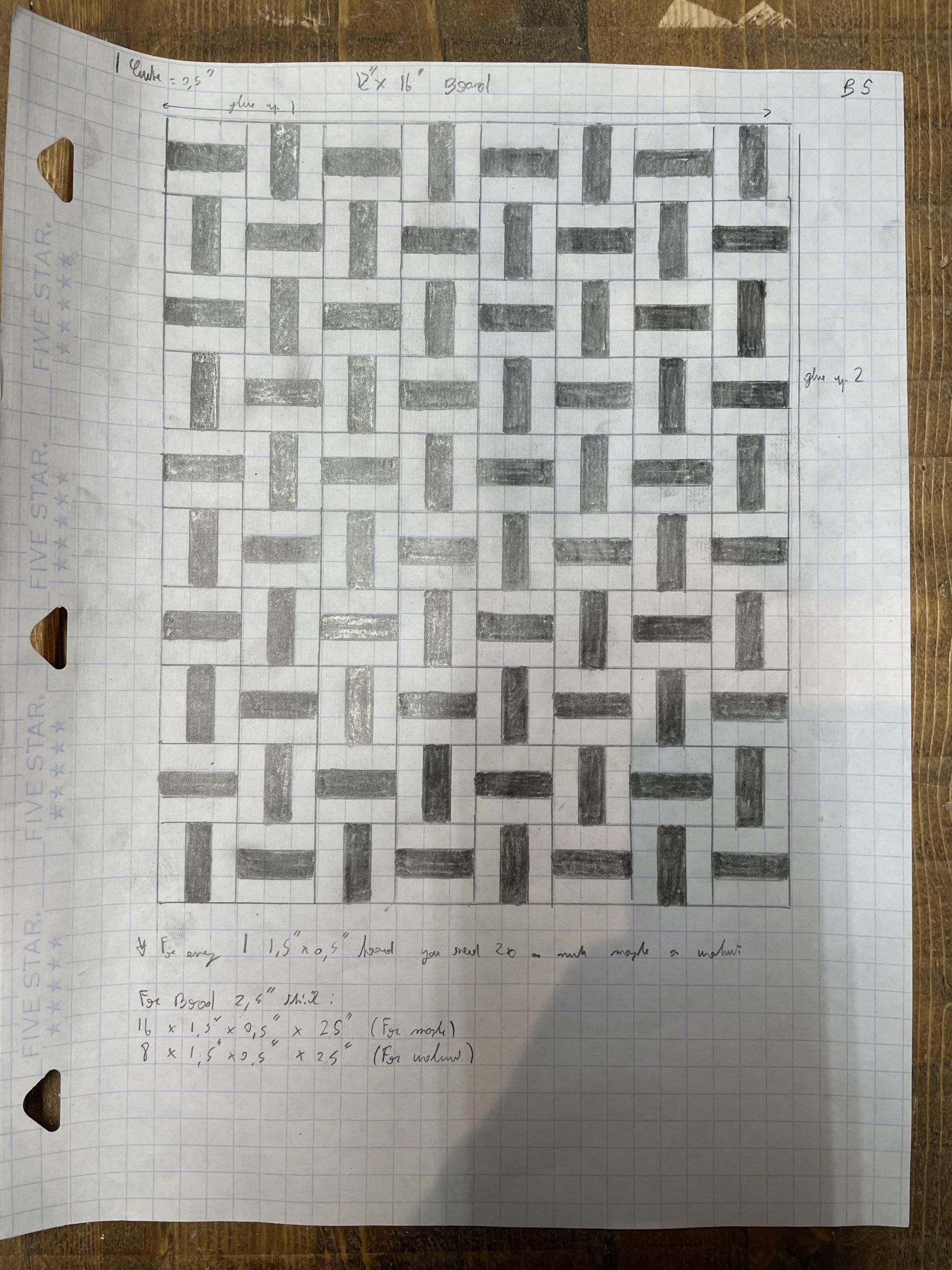
What I find so refreshing about both the process and the product is its simplicity. There’s no A.I. (artificial intelligence) involved. This is strictly H.I. (human intelligence). Built by human hand, the design of each board is meticulously sketched out (while sitting in class, of course) and each is entirely customized. The client connects with Sammy – on the telephone! – and they discuss size, wood species, pattern, timing, delivery and, of course, cost. No detail is too small; no facet of the project left to chance.
These end-grain cutting boards are not inexpensive. Even with his self-ascribed paltry labour charge of $25/hr (he doesn’t listen to all my advice) the materials – wood, glue, home-made beeswax, love – all cost money. The tools depreciate and require frequent maintenance. And when the cost of supplies goes up, so too does the cost of the end-product. 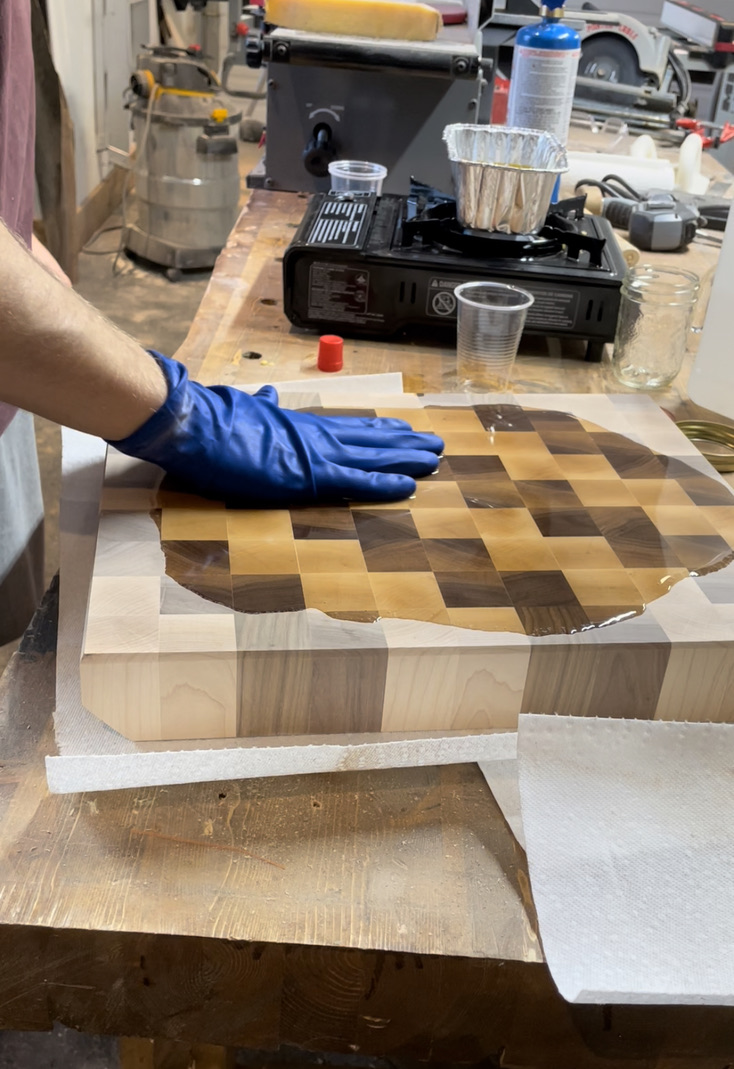
I don’t know if it’s the uncompromising precision – the kid uses callipers to measure his dimensions to the 100th of a millimetre, looking at times more like a surgeon than a craftsman – or if it’s the mesmerizing patterns with their geometric predictability, but there’s something about the entire process, most notably the spa-like, hands-on application of the home-brewed beeswax, that is so earnest and honest that these boards are more than a block on which to chop vegetables; they are a metaphor for something that’s completely lacking everywhere I look: clarity, honesty, reliability, and accountability. Like the craftsman himself.
Recently, a customer ordered a particularly complex board. Its sheer size required a special trip to the wood store, the construction of a unique jig and gallons of wood glue. Easily the largest board Sammy had yet been commissioned to build, it quickly became apparent that the price was going to be considerably higher than his initial quote. Though this particular customer is more than able to absorb the price increase, Sammy was visibly stressed about the unhappy choice he faced to either accept shrinking margins or failed client expectations. Rather than plough ahead and hope, or cut corners and compromise, he did something so mature and wise that even billionaire owners of sports teams and elected officials to civic office couldn’t muster.
He reached out to the client, a fairly senior lawyer in town who would understandably intimidate most 17-year-olds, and he very professionally and matter-of-factly explained the situation. The price of lumber had gone up (additionally, he had procured the wood for this project in British Columbia, rather than Alberta, resulting in the BC Harmonized Sales Tax eating into his already tight margins); the board was going to take more hours, involve more glue, and be more everything than originally anticipated. Did it require solar panels and sidewalks? No. But it was going to cost more. Way more. This board was never getting built for the original quote of $800 but closer to $1000 or even $1200. The only thing Sammy had ever contemplated selling that even came close in price is his younger brother.
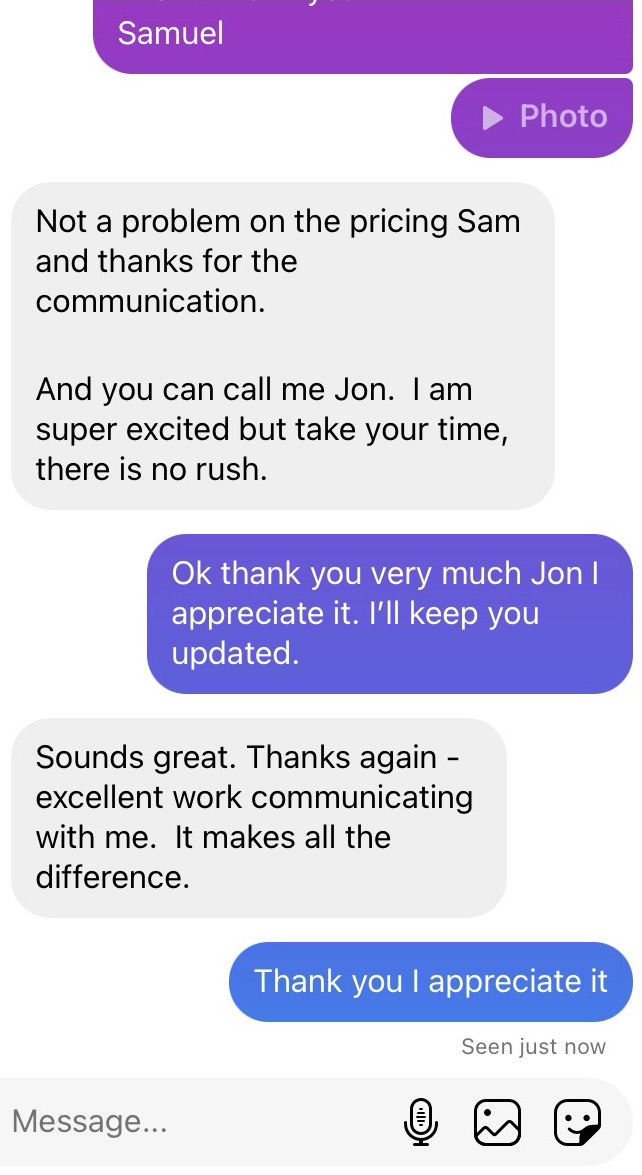 The client response? “Not a problem on the pricing Sam and thanks for the communication.” In fact, he so appreciated the honesty and Sammy’s getting out in front of the bad news that it made him admire the craft and the craftsman that much more. Communication. It makes all the difference. A day after the text exchange, Jon called me directly to relay how completely blown away he was with the clear, proactive message. The maturity, the poise, the genuine concern he detected in Sammy’s communication as he relayed the news: circumstances had changed. “I can’t get my own law partners to call a client when the file is going to cost more than we’d thought! Yet this kid just calls me up, and spells it out. Incredible…” Jon exclaimed, with a mixture of exasperation and admiration.
The client response? “Not a problem on the pricing Sam and thanks for the communication.” In fact, he so appreciated the honesty and Sammy’s getting out in front of the bad news that it made him admire the craft and the craftsman that much more. Communication. It makes all the difference. A day after the text exchange, Jon called me directly to relay how completely blown away he was with the clear, proactive message. The maturity, the poise, the genuine concern he detected in Sammy’s communication as he relayed the news: circumstances had changed. “I can’t get my own law partners to call a client when the file is going to cost more than we’d thought! Yet this kid just calls me up, and spells it out. Incredible…” Jon exclaimed, with a mixture of exasperation and admiration.
And so, the project is back on track. New budget approved. Expectations managed. Margins preserved. The customer is regularly being sent photos and updates from the craftsman. Sharing in the process and the progress. A true partnership.
Meanwhile, the entire East Village and Rivers District neighbourhood waits and watches for the ongoing arena drama to be resolved. So low is the trust and toxic is the atmosphere that the Mayor herself has been forbidden from negotiating. I can’t help but shake one nagging thought. The arena was never, ever going to be built for $550 million dollars. That’s an impossibly low figure to satisfy the taste and satiate the well-heeled needs of the owners while meeting the expectations of the users. Sure, the taxpayers agreed to cover their share and meet the owners halfway. Except it never was halfway. “I’ll meet you halfway between here and the horizon.” This was an ill-fated voyage from the very start.
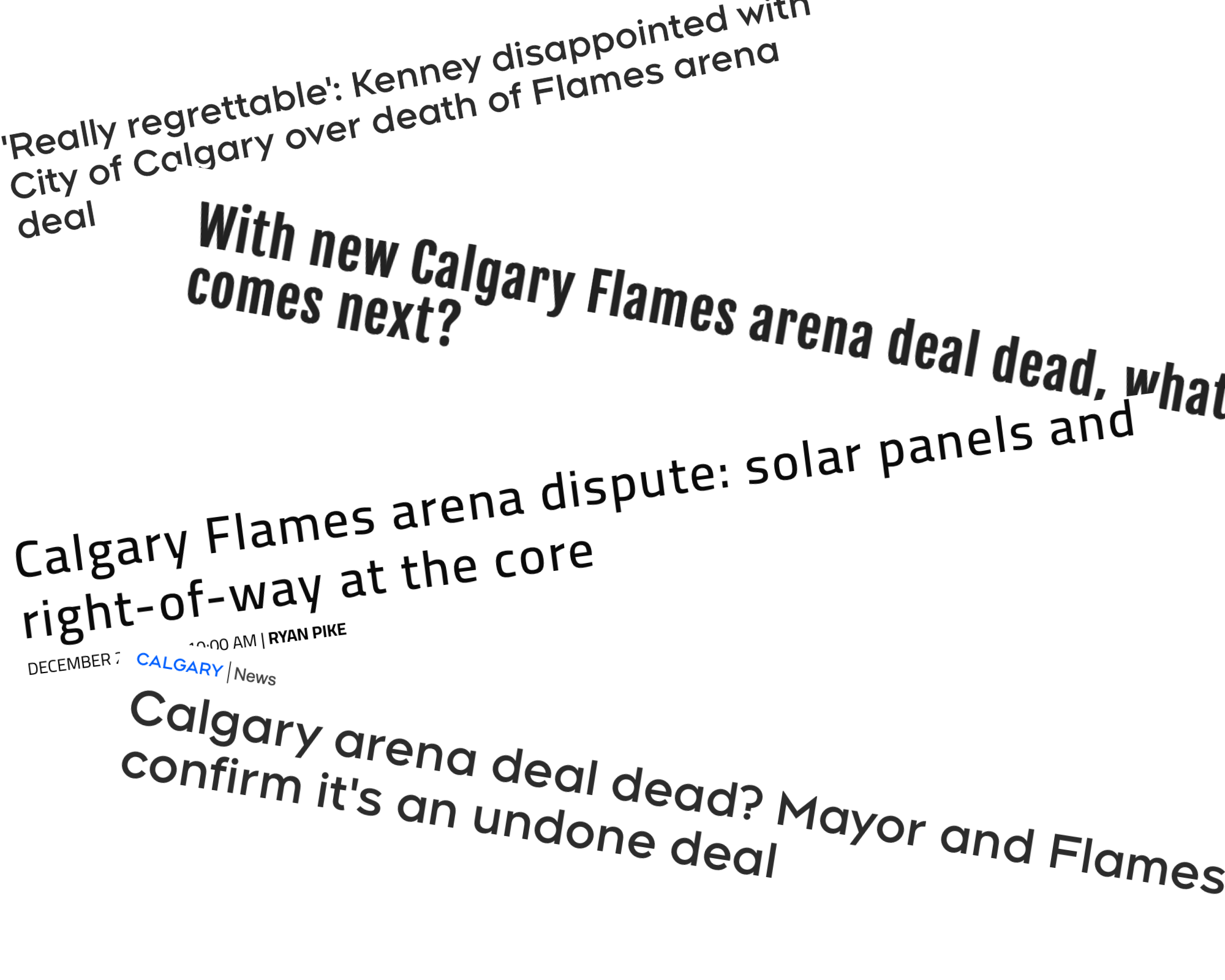
Had someone, somewhere had the pluck to pick up a phone early on and say, “there’s no way we can get this done for the price we thought we could…circumstances have changed” and pledged to keep communicating rather than cease it, take a breath rather than take to Twitter, commit to finding a way forward rather than digging in, the result likely would have been different. Communication. It makes all the difference. Now, politics impedes progress and the “can-do” spirit of our “resilient and entrepreneurial” city sounds more dated and cliché by the day. A trope as old as the crumbling arena we’re left with.
I’m not for a moment blaming one side over the other. The deal is dead, an autopsy to determine exact cause of death is a further waste of time and money. The chalk outline, shaped like a saddle, lies there for all to see. Let’s call it a murder-suicide and move on.
Nor am I for a moment submitting that building an end-grain cutting board is as complex as building an arena. But I am suggesting that the underlying principles of open communication, mutual respect, ongoing dialogue, and genuine partnership underpin every successful project ever built. Like this one:
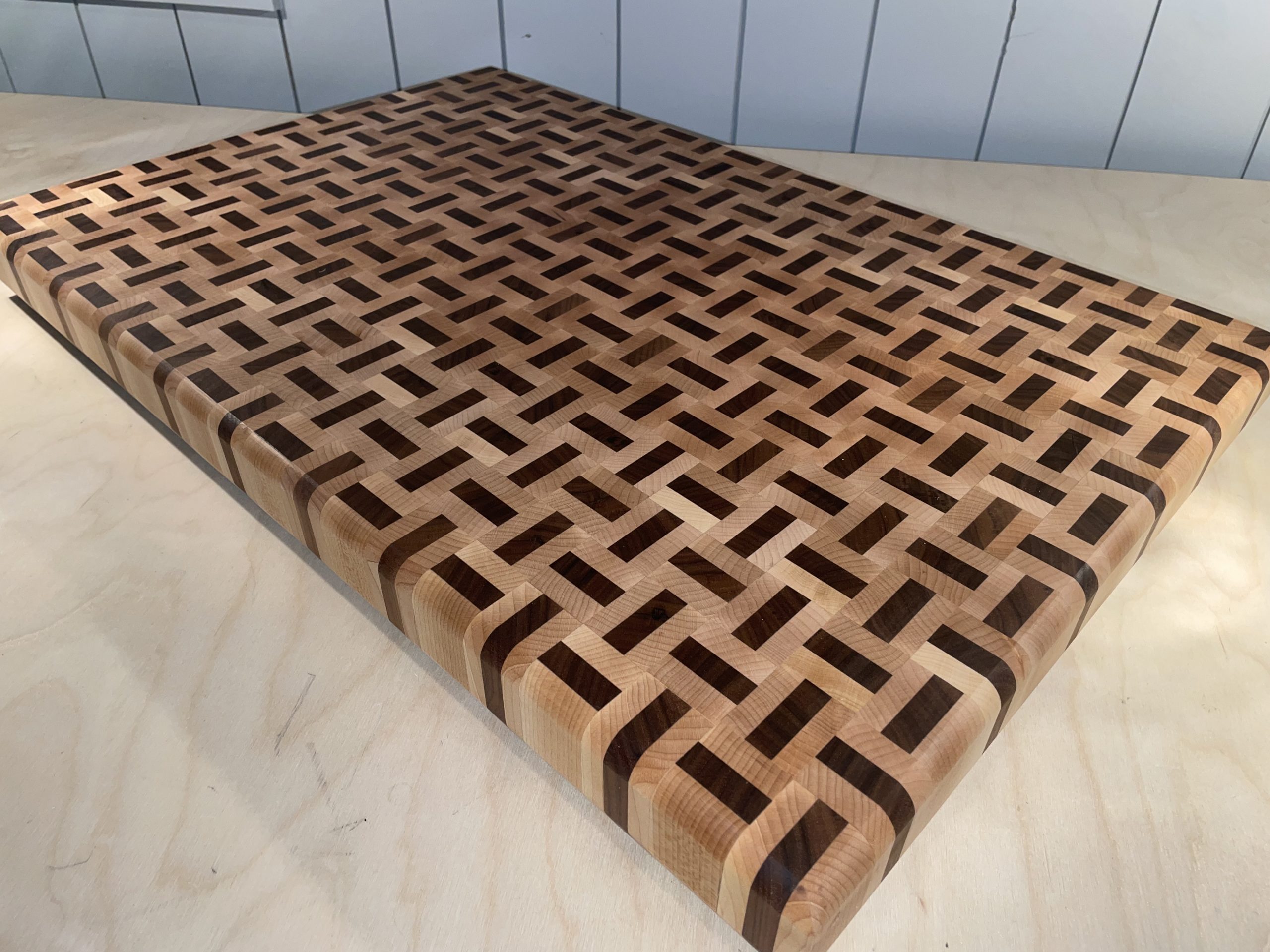
I understand the parties to the arena project are now looking for a third-party to broker a solution. I have someone in mind.
Regards,
Adam.